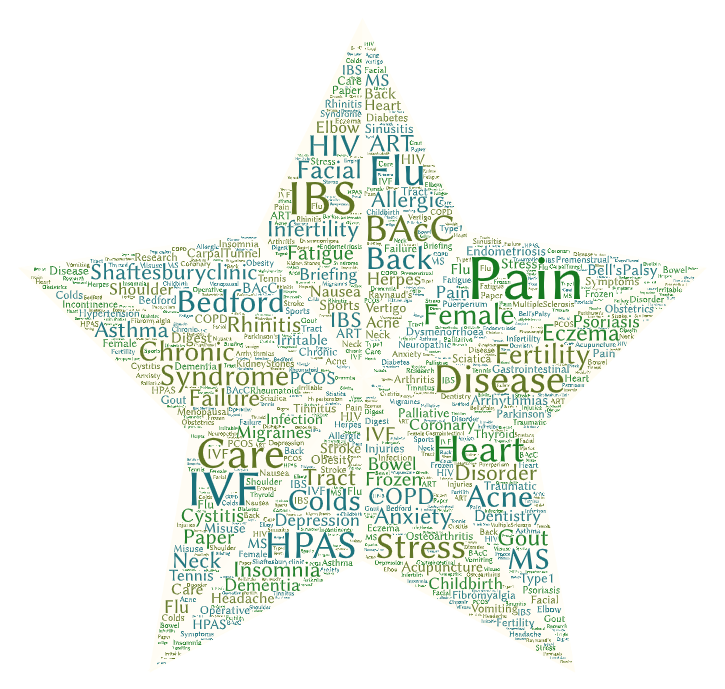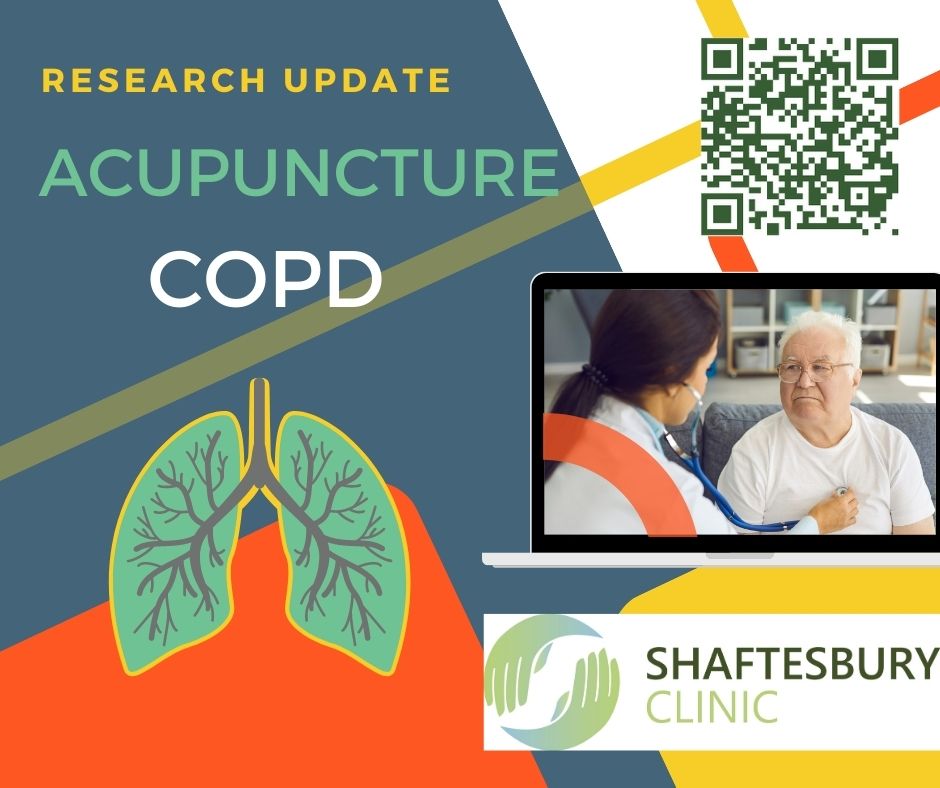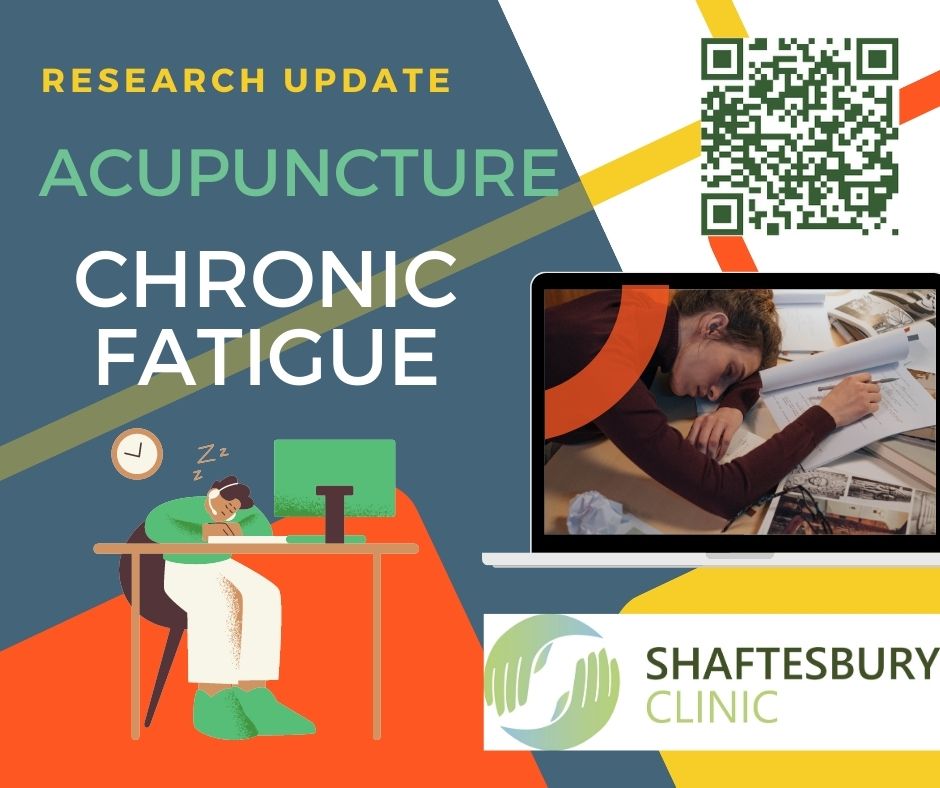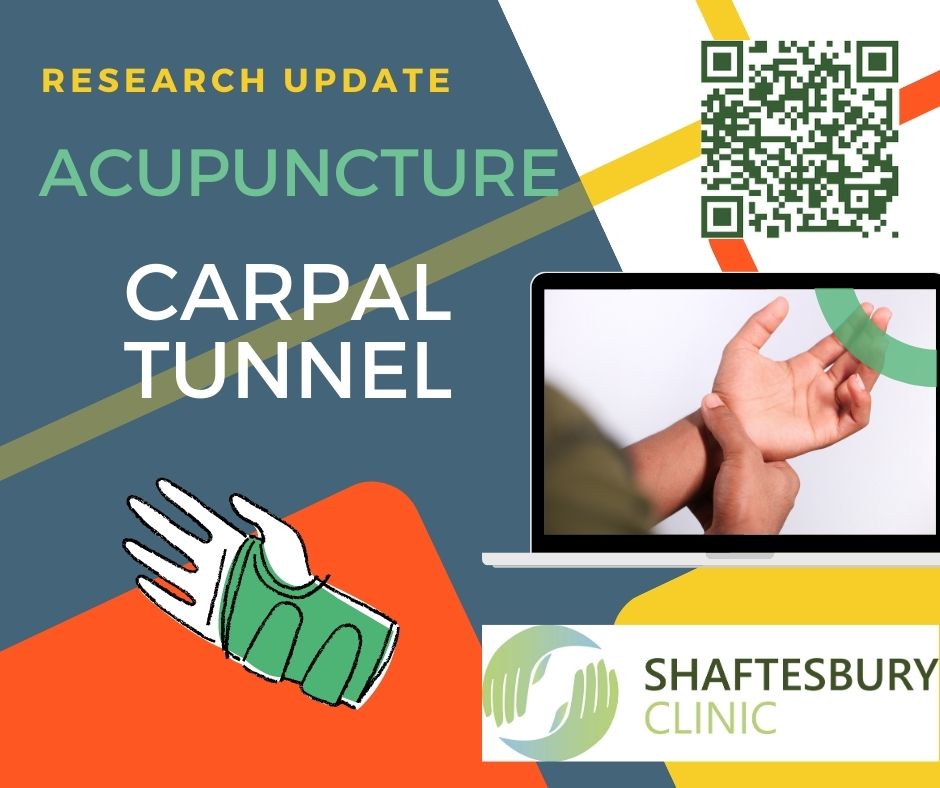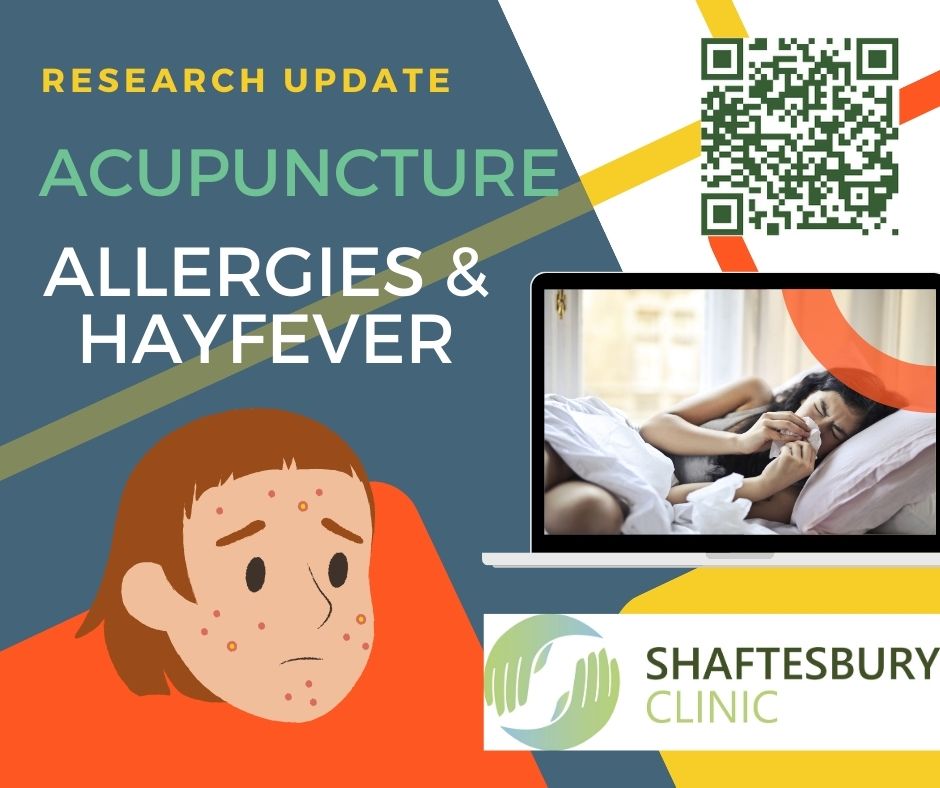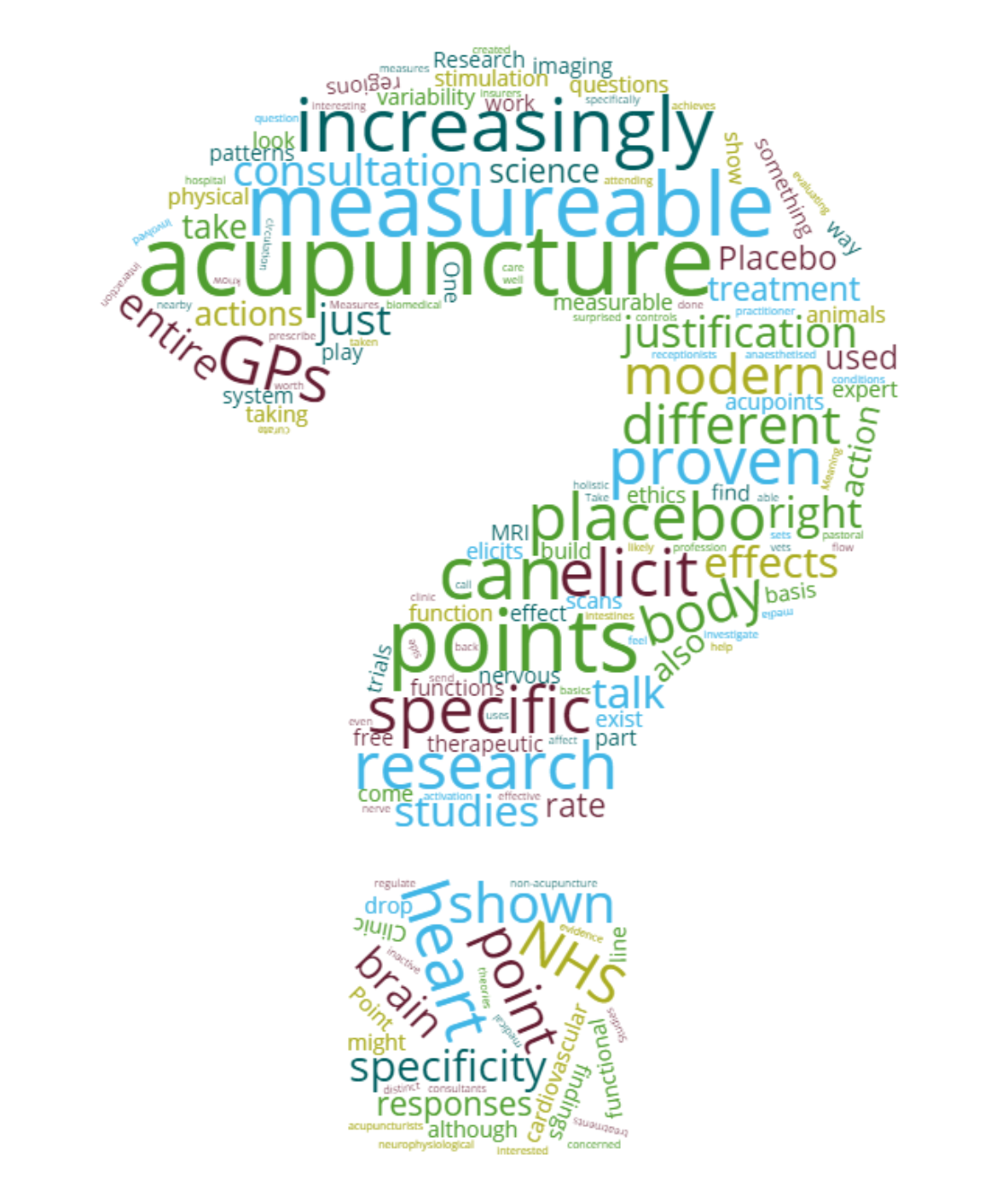Important to know: Chronic health conditions should be addressed under direct medical supervision of your GP or consultant, and acupuncture would be an adjunct or complement to usual care – we advise that you let you doctor know when you use this approach.
Allergic Rhinitis, also known as hayfever; affects 10-40% of people in the UK, and can be either seasonal or perennial.
A scholarly search of the available research studies on “acupuncture” + “allergic rhinitis” reveals over 6,900 papers from journals, and narrowing this to “RCT” leads to over 770 hits, of which 36% have been carried out since 2017. From this we can deduce that acupuncture is used extensively, traditionally and currently in this area; and being researched at an increasing pace – leading us to understand this is an area worthy of scientific appraisal and consideration.
Interpreting the research:
When reading health research, it is important to know that Systematic Reviews or Meta Analyses of a large number of high-quality research studies are the very best way to be able to say to what extent a given treatment can address a condition, symptom, or set of symptoms. The next best level of evidence is the individual Randomised Controlled Study (RCT) which uses a systematic technique to compare two or more groups of patients receiving different treatments (or a treatment against a “control”, or no treatment). In acupuncture trials, the nature of the control group is of particular interest as it is hard to blind a patient to whether they are having a needle inserted or not, and even more challenging to blind the researcher/team to this.
The means and quality of how research is carried out varies considerably from country to country, and in terms of how an intervention is compared to another intervention (or a control). Of note is the fact that “sham” acupuncture (where needles are placed in apparently inert locations rather than traditional acupuncture points) is not really an inert process as it has physiological effects, so that comparing sham and “true acupuncture” may therefore not give a clear picture alone; but and form a part of a research body where acupuncture versus no treatment, vs conventional treatment or vs a different approach/modality also form part of the evidence base.
The n= figure (where quoted in research) tells you how many people were participants in the study, and usually the larger a study (when it is of good quality and design), the more likely it is to be reliable and applicable to larger populations. When (statistical) “significance” is discussed in view of studies it has a very particular meaning – it is the confidence in the data (using statistical tests) that tells us how likely a result could have just come about by chance. The lower the possibility of a chance result, the more likely it is due to the intervention in the experiment. When you are reading a trial/study, the “p” is the number telling us of significance, and this must be under 5% (or p less than 0.05) to mean we can say it is a (statistically) “significant” result.
The Research:
The British Acupuncture Council has a Research digest where they examined some recent studies on Allergic Rhinitis, with an overall trend that acupuncture was found beneficial, comparing favourably with antihistamine use. A review of the literature (Taw et al, 2015) found that high-quality RCTs demonstrated efficacy and effectiveness of acupuncture in this condition, and also was beneficial in terms of quality of life measures, the researchers also stated that further high quality studies are desirable in this area due to some methodological limits on study designs.
Feng et al, (2015) carried out a systematic review and meta-analysis of acupuncture in allergic rhinitis, entailing 13 papers (N=2365 in total); the researchers stated this was a safe intervention which gave improvement in the Rhinitis Quality of Life Questionnaire (RQLQ) scores of the participants in the acupuncture groups.
According to a systematic review and meta-analysis by Yin et al (2020: 39 studies; n=4413) acupuncture can significantly improve the symptoms and quality of life of patients with allergic rhinitis. The authors searched various databases and included 30 randomized controlled trials with 4413 participants. They found that acupuncture improved the nasal symptoms and quality of life of patients with allergic rhinitis, compared to no intervention, sham acupuncture, or conventional medication. They also reported that acupuncture had a better safety profile than medication.
Two studies have also established cost effectiveness of acupuncture in this field Kim et al, (2012) carried out a systematic review of 17 RCTs using the quality-adjusted life years (QALYs) measure the NHS uses, demonstrating that as well as offering benefits, these were value for money where acupuncture was used. Witt and Brinkhaus (2010) reached a similar conclusion but more tentatively, calling for further studies to establish this.
McDonald et al (2013) reviewed the pathophysiology of allergic rhinitis and the acupuncture research body in this area. Acupuncture has been shown to improve clinical outcomes in patients with allergic rhinitis by modulating immune response and reducing inflammation. Per the review of RCTs, acupuncture may down-regulate Th2 and proinflammatory cytokines, proinflammatory neuropeptides (such as SP, CGRP and VIP) and neurotrophins (such as NGF and BDNF) in allergic rhinitis. Acupuncture may also inhibit histamine-induced itch and TRPV1 signalling, which mediate some of the symptoms of allergic rhinitis.
Possible mechanisms of action in allergy:
A review article (Kavoussi & Ross, 2007) suggests that the anti-inflammatory actions that have been demonstrated to be brought about by acupuncture may be mediated via activation of the vagus nerve, alongside deactivation of inflammatory macrophages and other proinflammatory cytokines. The researchers concluded that “The use of acupuncture as an adjunct therapy to conventional medical treatment for a number of chronic inflammatory and autoimmune diseases seems plausible and should be validated by confirming its cholinergicity”.
Other studies (Zijlstra et al, 2003) have revealed that acupuncture some of the pain modulating and anti-inflammatory effects exhibited in acupuncture may be due to the fact that it has been shown to stimulate certain substances in the body which act as vasodilators, neurotransmitters and painkillers (beta-endorphins, CGRP and substance P) and further stimulate cytokines and nitric oxide, all of which play roles in inflammatory states.
Acupuncture stimulates the body to create its own natural painkilling substances, such as Beta Endorphins (β-Endorphin). In studies acupuncture has been shown to stimulate the production of natural painkillers called opioid-like peptides (OLPs), including β-Endorphin: For example, this was shown in an RCT in 90 patients with a range of painful disorders (Petti et al, 1998). The same study showed acupuncture also and enhanced the activity of immune cells (lymphocytes, natural killer cells and monocytes) that help fight infections and diseases (Petti et al, 1998).
Acupuncture can activate mast cells at acupoints, which release histamine, serotonin, adenosine, and other mediators that modulate nerve transmission and inflammation (Li et al, 2022)
Zijlstra et al (2003) reviewed the effects and mechanisms of acupuncture in treating various inflammatory diseases and conditions. They proposed the mechanisms of action:
- Acupuncture may release neuropeptides from nerve endings that have vasodilative and anti-inflammatory effects through CGRP.
- Acupuncture may also interact with substance P, which is involved in pain transmission and inflammation.
- Acupuncture may influence the balance between cell-specific pro-inflammatory and anti-inflammatory cytokines such as TNF-α and IL-10.
CSR and ERP are blood tests related to the functioning of the immune system, that can measure and monitor inflammation in the body. They are relevant to conditions such as Rheumatoid Arthritis, and other immune and inflammatory conditions. Per a review by Feng at al, (2023) electroacupuncture (EA) plus medication had a significant effect in lowering both ESR and CRP levels in patients with RA compared with medication alone. These results suggest that EA may have an anti-inflammatory effect.
In an animal study, Sun et al, (2023) were able to show that electroacupuncture worked by blocking a pathway in the synovium called TLR2/4, that activates immune response and inflammation. The researchers therefore suggested the anti-inflammatory and analgesic effects of EA were related to the inhibition of TLR2/4 signalling on synovial fibroblasts and macrophages.
Wang et al (2023) reviewed evidence from animal and human studies regarding the immunomodulatory mechanism of acupuncture, regarding its effects on different components of the immune system, such as mast cells, macrophages, neutrophils, natural killer cells, astrocytes, microglia, CD4+ and CD8+ T cells, and cytokines. They detailed the neuroanatomical mechanisms of acupuncture in immunomodulation, such as the vagal-adrenal pathway, the cholinergic anti-inflammatory pathway, the spinal sympathetic pathway, the brain-gut axis, and the hypothalamus-pituitary-adrenal axis. They concluded that studies to support the role of acupuncture in regulating inflammation, infection, allergy, pain, and tissue repair.
Per MacDonald et al (2015), acupuncture may: reduce inflammation and nasal congestion by downregulating proinflammatory neuropeptides, cytokines, and neurotrophins; modulate immune function by altering the balance of Th1 and Th2 cells and suppressing mast cell degranulation; influence various receptors and signalling pathways that are involved in inflammatory response, such as TRPV1, opioid, chemokine, dopamine, and cannabinoid receptors; activate a novel cholinergic anti-inflammatory pathway that involves vagal and sciatic nerves and is mediated by dopamine.
Electroacupuncture (EA) has been shown in a rat model (Li et al, 2008) to have anti-inflammatory benefits by modulating the hypothalamic-pituitary-adrenal (HPA) axis, (HPA axis regulates the stress response and immune function). Specifically, Li et al outlined that EA sets off a cascade in the brain (via corticotropin-releasing hormone, and adrenocorticotropic hormone) to produce cortisol, which reduces inflammation and oedema.
Regarding Your Individual Condition and Symptoms:
Whilst the scientific studies are of great interest to researchers and acupuncturists in terms of comparing protocols, for the patient not versed in research they are less accessible, which is why when we asked “can acupuncture work for my (condition or symptom) we are not able to give a simple yes or no response. We are able to tell you what experience we have had in our decades of experience in practise, of the types of outcomes we have seen in similar cases, and give you an idea of our level of experience and knowledge in that area, and how this could relate to your own individual situation. For this, we recommend booking a free telephone consultation where we can answer any questions you have and give a realistic appraisal of what acupuncture may be able to provide.
Resources:
British Acupuncture Council evidence based factsheet about allergic rhinitis including specific research, trials and mechanisms of action for acupuncture in this condition
Our pages on Allergies may also be of interest
References:
Feng, S., Han, M., Fan, Y., Yang, G., Liao, Z., Liao, W. and Li, H., 2015. Acupuncture for the treatment of allergic rhinitis: a systematic review and meta-analysis. American journal of rhinology & allergy, 29(1), pp.57-62.
Feng, Y., Zhang, R., Zhao, Z., He, Y., Pang, X., Wang, D. and Sun, Z., 2023. Efficacy and safety of electroacupuncture combined with medication for rheumatoid arthritis: A systematic review and meta-analysis. Heliyon.
Kavoussi B, Ross BE. The neuroimmune basis of anti-inflammatory acupuncture. Integr Cancer Ther 2007; 6: 251-7.
Kim, S.Y., Lee, H., Chae, Y., Park, H.J. and Lee, H., 2012. A systematic review of cost-effectiveness analyses alongside randomised controlled trials of acupuncture. Acupuncture in Medicine, 30(4), pp.273-285.
Li, A., Lao, L., Wang, Y., Xin, J., Ren, K., Berman, B.M., Tan, M. and Zhang, R., 2008. Electroacupuncture activates corticotrophin-releasing hormone-containing neurons in the paraventricular nucleus of the hypothalammus to alleviate edema in a rat model of inflammation. BMC Complementary and Alternative Medicine, 8(1), pp.1-8.
Li, Y., Yu, Y., Liu, Y. and Yao, W., 2022. Mast cells and acupuncture analgesia. Cells, 11(5), p.860.
McDonald, J.L., Cripps, A.W., Smith, P.K., Smith, C.A., Xue, C.C. and Golianu, B., 2013. The anti-inflammatory effects of acupuncture and their relevance to allergic rhinitis: a narrative review and proposed model. Evidence-Based Complementary and Alternative Medicine, 2013.
Petti, F.., Bangrazi, A., Liguori, A., Reale, G. and Ippoliti, F., 1998. Effects of acupuncture on immune response related to opioid-like peptides. Journal of Traditional Chinese Medicine 18(1), pp.55-63.
Sun, S.Y., Yan, Q.Q., Qiao, L.N., Shi, Y.N., Tan, L.H. and Yang, Y.S., 2023. Electroacupuncture Alleviates Pain Responses and Inflammation in Collagen-Induced Arthritis Rats via Suppressing the TLR2/4-MyD88-NF-κB Signaling Pathway. Evidence-Based Complementary and Alternative Medicine, 2023
Taw, M.B., Reddy, W.D., Omole, F.S. and Seidman, M.D., 2015. Acupuncture and allergic rhinitis. Current opinion in otolaryngology & head and neck surgery, 23(3), pp.216-220.
Wang, M., Liu, W., Ge, J. and Liu, S., 2023. The immunomodulatory mechanisms for acupuncture practice. Frontiers in Immunology, 14.
Witt, C.M. and Brinkhaus, B., 2010. Efficacy, effectiveness and cost-effectiveness of acupuncture for allergic rhinitis—an overview about previous and ongoing studies. Autonomic Neuroscience, 157(1-2), pp.42-45.
Yin, Z., Geng, G., Xu, G., Zhao, L. and Liang, F., 2020. Acupuncture methods for allergic rhinitis: a systematic review and bayesian meta-analysis of randomized controlled trials. Chinese medicine, 15(1), pp.1-28.
Zijlstra, F.J., van den Berg-de Lange, I., Huygen, F.J. and Klein, J., 2003. Anti-inflammatory actions of acupuncture. Mediators of inflammation, 12(2), pp.59-69.

